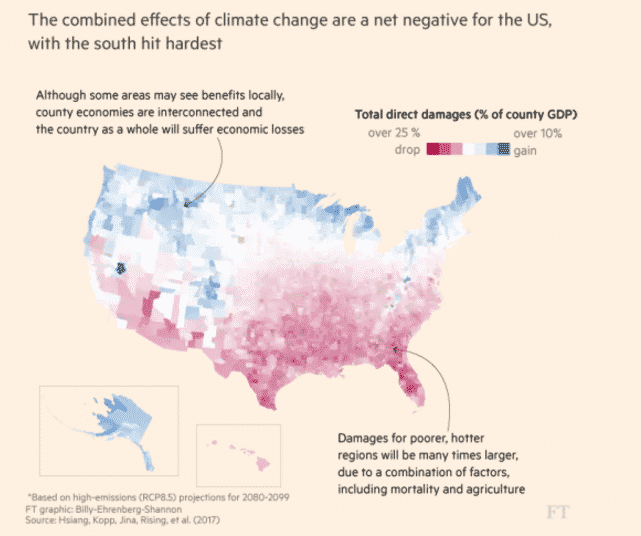Sue Hubbard at Elephant:
We live in an age permeated by the digital. Just how much so we are made aware when we walk into this exhibition. In our Western consumer society the digital revolution has infiltrated and shaped our relationships on social media, as well as the way we buy and consume, find sexual partners, or learn about politics. Many individuals even develop identities that are entirely technology driven. What this exhibition does then, whether we like it or not, is capture the mood and cultural practices of the early twenty-first century by emphasising how the digital is embedded, in ways to which we’re often oblivious, in the objects, images, and structures that we encounter on a daily basis. In his 2013 book PRESENT SHOCK: When Everything Happens Now,Douglas Rushkoff argues that we no longer have a sense of a future, of goals, or a direction because we seem to be living in a constant now. Life is but one click away. This is underlined by Nina Canell’s sculptures and installations where the cut wires of internet circuitry are displayed like archaeological fragments on traditional white plinths, reminding us that today’s technology becomes tomorrow’s obsolescence. These surprisingly beautiful aborted bits of technology seem to suggest a departure from the word, from logos, from the forms of communication that have hitherto been associated with human interaction.
Elsewhere the artist Julia Varela litters the gallery floor with broken, bent, and distorted plasma screens, which she describes as “an act or resistance”, a “hijacking”. Lying contorted and twisted they seem to evoke the end of something, as Joseph Beuys’s iconic work once signalled the End of the 20thCentury. This detritus, only very recently used to do something–transmit information, news, and entertainment–is now presented as redundant, a collection of mediaeval relics as technology moves on its inexorable course.
more here.

